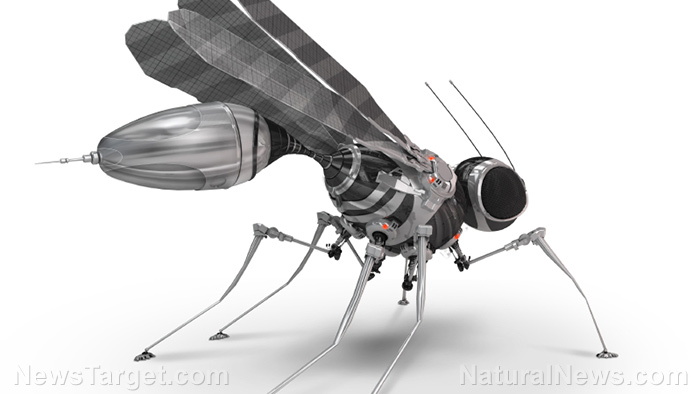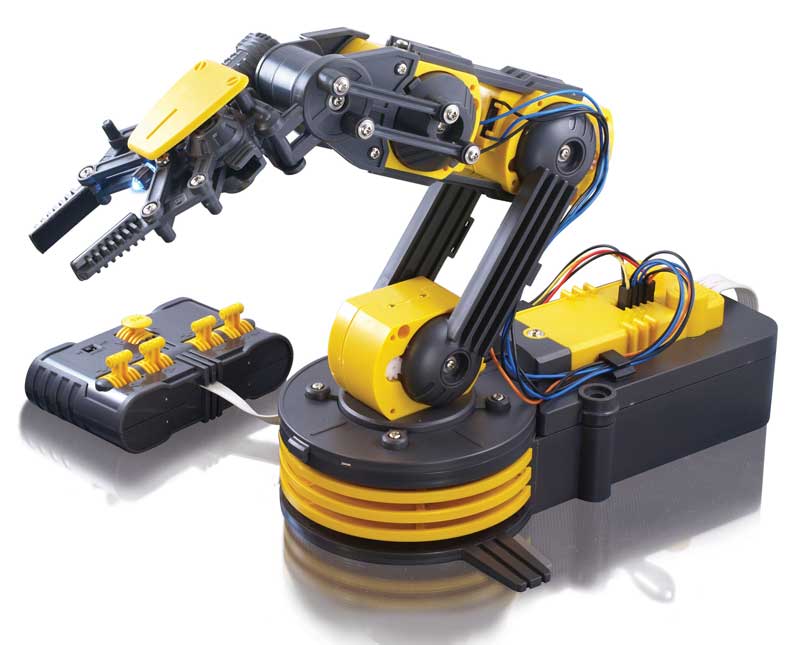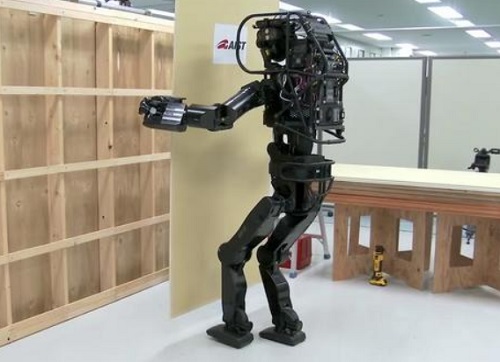Department of Homeland Security developing tech to take down unmanned aerial systems in urban environments
06/08/2018 / By Ethan Huff

Unmanned Aerial Systems (UAS), or what are more popularly known today as drones, have made their way from the annals of military weapons arsenals into everyday civilian households, prompting the U.S. Department of Homeland Security (DHS) to initiate new protocols aimed at controlling how they’re used and even potentially taking them down.
Recognizing that every Tom, Dick, and Harry can now purchase a drone and fly it pretty much anywhere, the DHS is actively working on creating a comprehensive system of counter-UAS, or C-UAS, technology that can be deployed as needed to stop civilian drones from being used for nefarious or malicious purposes.
According to reports, these technology “upgrades” will come with detailed instructions as to how the DHS and its Homeland Security Enterprise partners can legally interfere with the operation of malicious UAS.
While civilian drones are already legally prohibited from operating in federal airspace, the DHS with the help of the U.S. Department of Justice (DOJ) is trying to convince Congress to give it more authoritative leeway in determining when and how to stop drones that the agency feels might be a national security threat, or even those that are merely “unwanted.”
As part of this effort, the DHS Science and Technology Directorate (S&T) has already begun to establish a test and evaluation series known as the Technical Assessment of Counter UAS Technologies in Cities (TACTIC) that assesses the performance and suitability of commercial counter-UAS solutions in a variety of homeland security settings.
“There is a huge market of commercial counter UAS solutions out there,” says Anh Duong, S&T’s Program Executive. “But most – if not all of them – have not been subjected to testing in urban environments that are relevant to homeland security. So to date there is very little real data on the performance of these systems in urban settings.”
Total airspace control: DHS staging mock drone takedown scenarios in urban environments
S&T is already beginning the second phase phase of a program being run by its National Urban Security Technology Laboratory, or NUSTL, that involves setting up mock cities where these novel anti-drone technologies are being tested. There are reportedly nine different C-UASS commercial solutions being deployed that use various types of sensors for detecting, tracking, and identifying small UAS throughout the urban environments.
In essence, what the DHS is trying to do is maximize its reach in stopping any drone at any time that it feels is a “threat,” completely controlling all airspace. And as usual, it’s couching this effort in “national security” terms, presumably to make it more palatable to the strict constitutionalists out there who will immediately recognize this effort as overtly authoritarian.
The DHS is also deploying so-called Instrumentation Vans, or I-Vans, as well as other tools, to actively collect data during these mock drone takedown experiments. These I-Vans are reportedly equipped with spectrum analyzers, GPS trackers, cameras, acoustic sensors, weather devices, and other equipment that gathers intelligence for the DHS to assess how well the systems are working.
Eventually, the DHS wants to take these experiments from mock cities into real ones, once again illustrating where all of this is going. It appears as though, very soon, American cities everywhere will be outfit with DHS anti-drone technology, embedding even more of the federal government into local American life.
“We anticipate moving our testing from mock cities to real cities from time to time. We also hope to see more advanced counter UAS technologies,” says Duong.
“Drones are becoming very cheap and very capable. More to the point, the bad guys can even use 3-D printers to make drones. We can’t count on knowing every single drone, because it may not be bought commercially but privately built. So from our standpoint of being able to counter them, we have to be able to anticipate where the technology is going and therefore incubate countermeasures accordingly.”
See more news stories on drones at DroneWatchNews.com.
Sources for this article include:
Tagged Under: anti-drone technology, Department of Homeland Security, DHS, drone experiments, drones, federal government, future tech, invasion, national security, privacy, surveillance, totalitarianism, UAS, unmanned aerial systems




















